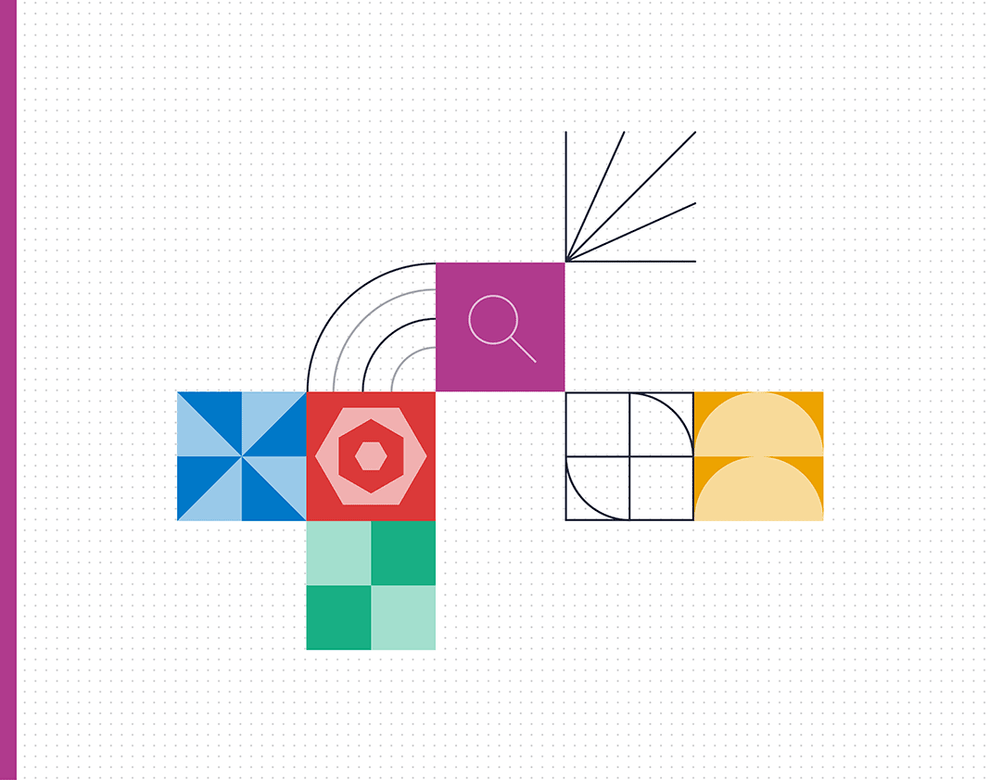A new lens on invoice finance lending risk
Building software can be a round-about business. Rarely do you deliver the product you first imagined.

In some software businesses, the design and development process goes something like this: technologists spot a business problem. They sketch out a solution, slap each other on the back and start building. Job done, they present their new solution to target users, who tell them that their perspective on the original problem was slightly off and the ‘solution’ won’t work as a result. Back to the drawing board they go.
A little insight goes a long way
We do things differently at dancerace. To build and deliver our new r3 RiskOps system, we worked with our lenders for four years to understand their requirements, engaging them closely in the design and testing process.
The result is a new system that is – I’ll admit it – really rather different to the one our team envisaged before COVID.
There’s a good reason for that, and one which I think is instructive for banks and lenders.
Looking the other way
When we drew up our plans for r3, our vision was to build a product that would help lenders to spot client risks and frauds faster, using the latest AI technologies and connected credit services. We’d also apply our tech knowledge to create new, advanced, universal risk-scoring metrics to give credit risk teams an edge.
Then we interviewed our lending community.
While many of our ideas, such as the use of AI and connected credit services, were encouraged by lenders, others – including the universal risk score – were challenged. For many lenders, the challenge of client risk monitoring has already been solved. We’d need to review our approach.
Our research also raised another key insight. Lenders want help to tackle the other type of risk in their business: the operational kind.
Risky business
While credit risk teams are busy spotting client risks and protecting their business, the day-to-day activity of the wider business continually creates operational risks for the bank or lender.
These operational risks can, in turn, affect the lenders’ client risk. I’ll give a few examples.
First, software. In many lending businesses, risk is monitored on one system and actioned on another. Moving data between these systems introduces the risk of inputting errors. Staff spend their time processing data instead of high-skill activities like client management, which are important for effective risk management.
Elsewhere, the business’ organisational structure can create risks. In many firms, the credit risk team is separate to the operational teams. The credit risk team is responsible for monitoring and flagging client risks, and the operational team acts on the advice given. An operational risk occurs if either team fails to do their job properly or if there’s a breakdown in communication between the teams and a risk event is not actioned.
Then there’s data. Bank and lenders have access to a mountain of different datapoints to monitor client risk, and plenty of vendors to choose from. This creates a processing and interpretation challenge. How do lenders know that they’re looking at the right client risk data? Are they handling it and interpreting it the right way?
Two sides of the same coin
These insights were fertile ground for our design and development teams. We shifted and expanded our initial plans, and resolved to build a system that tackles client risk and operational risk.
In our new r3 RiskOps system, credit risk teams configure and implement their unique risk-monitoring model, to track the client risk metrics and spot the warning signals that matter to their business. Ops teams use the same system to respond to flagged risks, and to manage their clients more widely.
This way, there’s no need to move data between systems and therefore less chance to make processing errors.
Teams are accountable to each other for monitoring and acting on client risks. Risk management becomes a part of everybody’s day-to-day responsibilities – not just those of the credit risk team.
All teams can see the business’ highest-risk clients, according to the business’ unique risk model. This enables them to prioritise individual client management activities. (Today, many lenders audit clients on a random or scheduled basis, which is inefficient and risky.)
The system is designed for connectivity. Lenders aggregate and use data from open accounting, open banking, credit services and other third-party risk data providers in their r3 RiskOps system, to enhance their risk approach.
In the future, banks and lenders will use this functionality to integrate new tools and build machine learning and AI technologies into their everyday workflows. Lenders will be able to protect themselves against new types of risk using new forms of defence, all from one system.
Lessons learned?
Before building, listen to users. And when it comes to lending, operational risk drives client risk.
Are you thinking about it enough in your business?
This article was originally published in Business Money magazine.